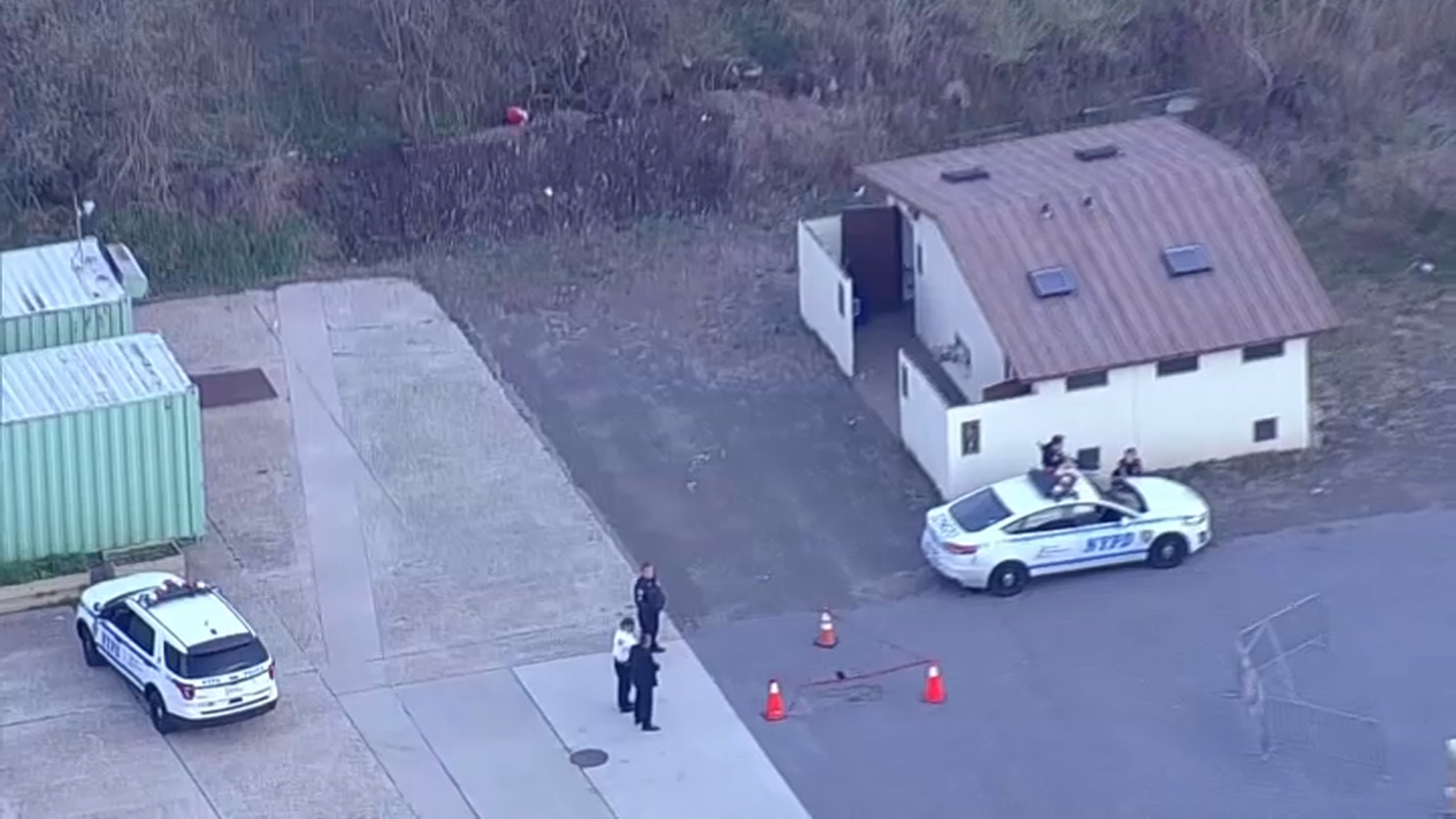With a suspected gunman behind the Brooklyn subway shooting in custody, attention has now pivoted to not only how the attack could have happened, but how the suspect could have gotten away so easily and undetected.
An MTA surveillance camera in the Sunset Park station wasn't working at the time of the shooting that left 10 people shot and more than a dozen more hurt, three sources said.
It's not clear why that was the case, but officials say there were "a lot of different options" from cameras elsewhere on the subway line to get a glimpse of the shooter.
The MTA didn't provide any information as to why the surveillance camera would not be functioning properly, which in part allowed suspect Frank James to slip away after the shooting, seemingly undetected by police and officials.
In an effort to illustrate to riders that the subway is safe, MTA Chairman Janno Lieber said there was more than enough video evidence to help the NYPD make an arrest.
Get Tri-state area news delivered to your inbox. Sign up for NBC New York's News Headlines newsletter.
"We have 600 cameras on the line just in Brooklyn, over 10,000 in the system, way, way up from where it was a couple years ago. So we have a lot of video," Lieber said in an interview on MSNBC's "Morning Joe."
He went on to say that the agency and police "have video now of three angles of this fellow ... entering the system obviously with a lot of material."
New York City Mayor Eric Adams deflected any notion that he or the police department should have had cameras in the station, noting that the cameras are controlled by the MTA, which is under the control of the state.
"They are cooperating with us, to assist us in finding out what happened at the train station. We don't have a full understanding of that as of this moment, but that is the control of the MTA. They have been extremely cooperative. We thank them for that," Adams said.
When asked if the cameras should be under the NYPD's system, Adams again pointed to the state, saying the governor would have to make that call.
"Anytime you have an incident like this and review, you look at what are the best practices and what we can do better. We need to learn from any issue of this magnitude," he said.
But it doesn't all come down to cameras, as the mayor has previously hinted at having gun-detecting technology added to subway stations. That kind of tech is currently used in places like ballparks and stadiums, and on Wednesday, Adams said he would continue looking into technology that "can help keep people equal safe during this new climate of over-proliferation of guns."
Adams said the new devices are not like ones used at airports, but rather can be added without people even knowing that they are present.
"You just walk normally through the system. It is not even detectable that the devices are there," the mayor said. "We think there's some great promise in this technology. We are going to continue to explore that."
When asked about safety in the subway, Lieber said that the agency does not want to "create an environment where people can't go about their business and create something that's impractical." He noted that many people carry backpacks and other bags onto the subway every day, and that some devices would impede on their ability to get around quickly and easily.
Lieber, who said that they would not let the subway "be taken over by maniacs," called for more cops on subways and platforms in order to help those who feel vulnerable.
Police and security officials have made many attempts to harden the city against such attacks, putting officers on trains and platforms, installing cameras and even doing rare spot checks for weapons on passengers entering some stations. Yet the sprawling system, with nearly 500 stations, largely remains like the city streets themselves: Too big to guard and too busy to completely secure.
Even before the attack, the mayor had vowed to increase subway patrols and launch sweeps of subway stations and trains to remove homeless people using them as shelters.
In the 1980s, New York City’s subways were a symbol of urban disorder: graffiti-covered, crime-plagued and shunned by tourists. Like the rest of the city, though, the subways have since cleaned up their act.
Before COVID-19 hit, the main problem with the trains wasn’t crime but overcrowding and breakdowns related to aging infrastructure.
Christopher Herrmann, a former city police officer who is now a professor at the John Jay College of Criminal Justice, said episodes like Tuesday's are bound to provoke a new round of anxiety, especially among subway riders.
“With 9/11, you have a specific target: the World Trade Center,” Herrmann said. “A lot of people can wrap their heads around that.”
But the seeming randomness of Tuesday's attack “really invokes a lot of fear and worry,” he said, “because most people don’t consider themselves a target.”



